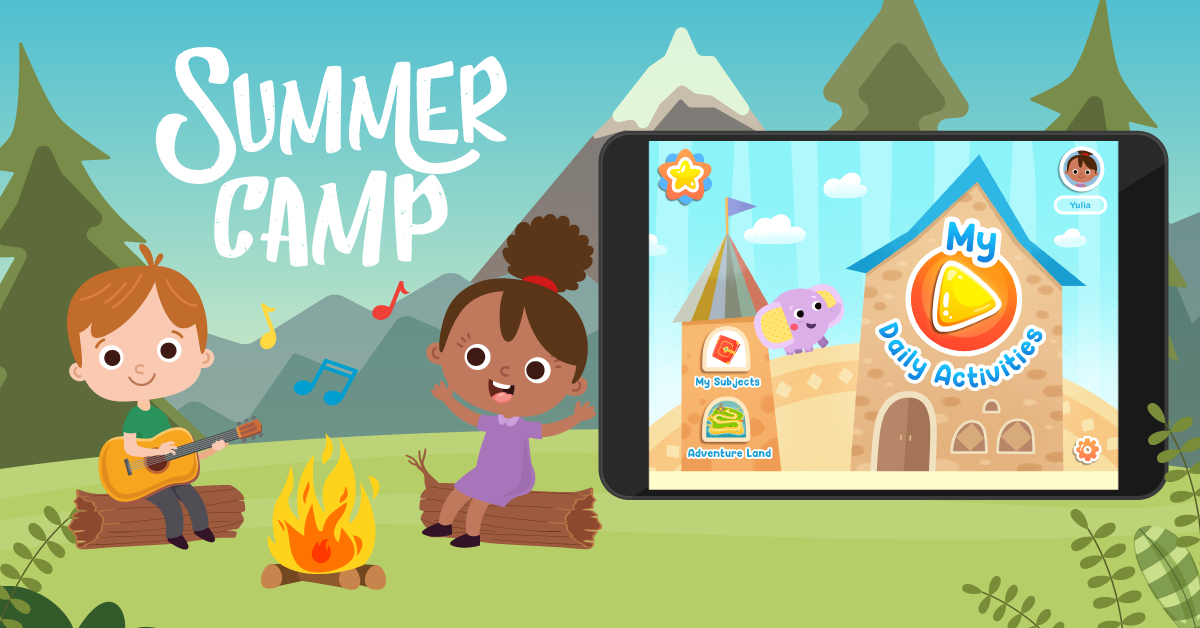Reading analog clocks Addition Worksheets for Ages 7-8
4 filtered results
-
From - To
Enhance your child's math skills with our "Reading Analog Clocks Addition Worksheets" designed specifically for ages 7-8. These engaging worksheets combine the crucial skill of telling time on analog clocks with fun addition problems, creating a comprehensive learning experience. Each worksheet encourages children to interpret clock times while solving various addition tasks, reinforcing both mathematical concepts and time-telling abilities. Perfect for classroom use or at-home practice, these age-appropriate resources are designed to develop confidence and proficiency in young learners. Access our printable worksheets to support your child's educational journey today, ensuring they master these essential skills in an enjoyable way!
Understanding how to read analog clocks is a crucial skill for children aged 7-8, as it promotes both mathematical proficiency and life skills. For parents and teachers, instilling this knowledge is vital for several reasons.
First, mastering analog clocks enhances a child's understanding of time, which is fundamental to daily routines and organization. It teaches children to manage their schedules and develop responsibility—skills that are essential as they progress through school and into adulthood.
Moreover, reading clocks is an exercise in critical thinking and problem-solving. It requires children to interpret visual information and translate it into numerical values, reinforcing their understanding of fractions and division, as a clock is divided into segments representing minutes and hours.
In addition, teaching children to read analog clocks fosters perseverance and patience as they practice a skill that can initially seem challenging. This builds resilience and confidence in their abilities, encouraging a growth mindset.
Finally, in our technology-driven world, traditional skills like reading analog clocks are becoming rarer. By ensuring that children have this knowledge, parents and teachers help preserve this essential everyday skill, preparing them for situations where digital clocks are unavailable or in critical scenarios like navigating routes.





















